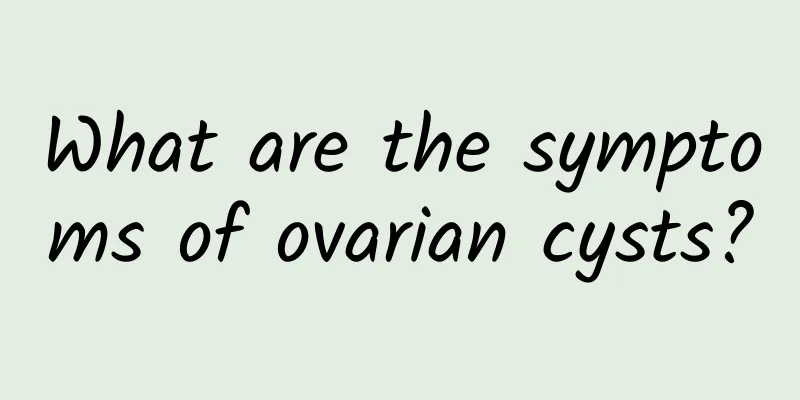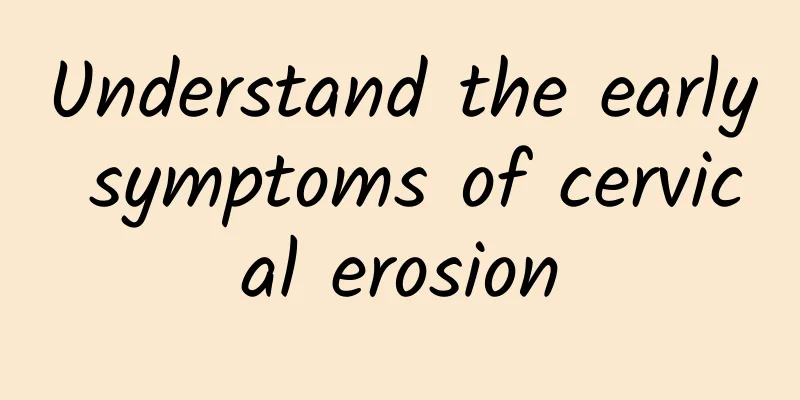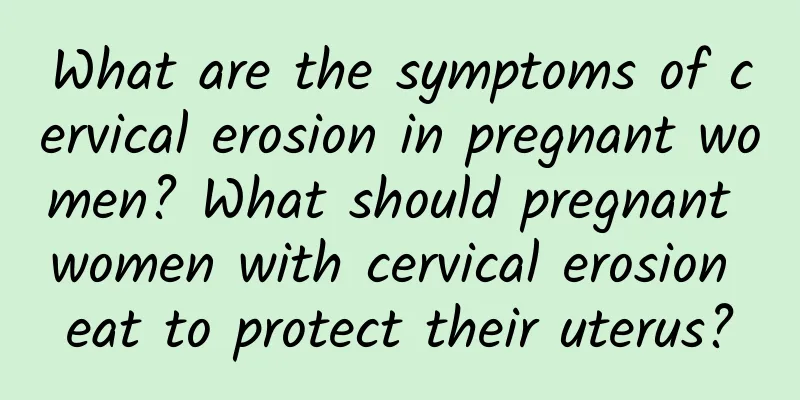How to treat amenorrhea by targeting its cause

|
Amenorrhea is a common symptom of gynecological diseases. The causes include developmental, genetic, endocrine, immune, mental disorders and other problems. It can also be caused by tumors, trauma and drug factors. The establishment of a normal menstrual cycle depends on the neuroendocrine regulation between the hypothalamus-pituitary-ovarian axis and the cyclic response of the endometrium to changes in gonadal hormones. Changes in any of the above links can lead to amenorrhea, so the treatment of amenorrhea should target the cause. 1. Congenital malformations, such as hymen occlusion and vaginal occlusion, should be treated with appropriate surgery. 2. The treatment for intrauterine adhesions is to dilate the cervix to separate the adhesions, and an IUD can be placed to prevent re-adhesion. 3. For tumors in the ovaries, pituitary gland and other parts of the body, the appropriate treatment method is determined based on the location, nature and size of the tumor, including surgical resection, radiotherapy, chemotherapy, etc. 4. Testicular feminization syndrome, that is, male pseudohermaphroditism, chromosome XY, the gonads present may become malignant and should be detected and removed early. 5. Temporary amenorrhea caused by environmental changes, mental trauma, etc., or amenorrhea within two years of menarche, can be restored naturally by promoting ovarian development through enhanced nutrition and physical fitness. 6. Amenorrhea caused by discontinuation of oral contraceptives usually recovers within half a year without the need for treatment. 7. For patients with congenital gonadal dysplasia, ovarian dysfunction or destruction, pituitary failure, and premature ovarian failure, estrogen and progesterone can be used to stimulate the development of secondary sexual characteristics and the onset of menstrual-like bleeding. For patients with intact ovarian function, who have fertility desires, and whose pituitary-ovarian axis is still intact, ovulation induction treatment can be performed. 8. Endometrial tuberculosis should be treated with anti-tuberculosis treatment. |
<<: Angelica Medicinal Diet Suitable for Patients with Dysmenorrhea
>>: Progesterone hemostasis can treat adolescent functional uterine bleeding
Recommend
How to detect female pelvic peritonitis
What tests should be done for pelvic peritonitis?...
Matcha fights obesity and prevents the three highs. Here are 6 benefits for you! Experts: These three groups should pay attention
Matcha lovers, take a look! Matcha is a healthy d...
What are the most common types of vaginitis?
What are the common vaginitis? Vaginitis is the m...
Can moxibustion soften uterine fibroids and remove them?
Uterine fibroids may soften or shrink after moxib...
What is endometriosis and how is it caused?
The uterus is the place where life is conceived, ...
Krill oil contains astaxanthin, can it help with weight loss? Experts have something to say!
Chinese people are crazy about losing weight, and...
Is it okay to go for medical abortion alone? What are the preparations for medical abortion?
Theoretically, medical abortion can be performed ...
Why is puberty delayed in girls?
1. Hypothalamic pituitary disease The lack of sex...
How can cervical erosion be treated in the early stages?
Early cervical erosion can be effectively managed...
Can cervical warts heal on their own?
Cervical warts are a relatively common disease, a...
Patients with cervicitis should pay attention to the selection of washing liquid
Cervicitis is a common gynecological disease. Mul...
Cabbage instead of noodles, low-sugar diet makes you lose weight
We can also use cabbage or bean sprouts instead o...
How to treat endometrial tuberculosis with traditional Chinese medicine
The TCM treatment of endometrial tuberculosis is ...
Cost of treating cervical precancerous lesions with traditional Chinese medicine
Nowadays, many friends suffering from cervical pr...
Cervical erosion is closely related to vaginal infection
Cervical erosion is a common gynecological diseas...









